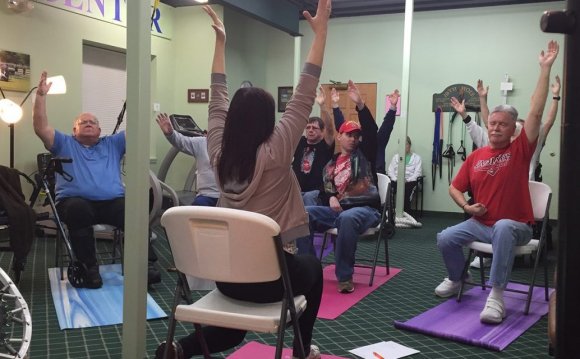
A look at the current status for group fitness, personal training, yoga and Pilates.
There is much talk about certification, accreditation and licensure in the fitness industry today. As you start your career, it is important to have a grasp of this trio of topics because they can affect your ability to get hired and work legally. Just the terms themselves and their word cousins can be very confusing—so confusing, in fact, that this article includes a glossary to help you navigate through and clearly understand the differences among them.
Where do you stand on these topics? Why should you care? What does it take to get hired? What is the difference between a foundational or “basic” certification and a specialty certification? How important is it to know the difference? These and many other questions are answered in this research article.
Basic Certification for Group Fitness and Personal Training
A basic certification is a piece of paper which verifies you have passed an exam demonstrating that you have a base level of knowledge about current research and training methods in your chosen field.
Most health clubs now require their trainers and group fitness instructors to hold a basic certification, preferably awarded by certifying agencies that have achieved third-party accreditation. Third-party accreditation establishes standards so the fitness industry can regulate itself, ensure that fitness professionals are qualified, and protect clients and health clubs. Trainers and instructors who have gained a certification from an accredited certifying agency can walk in the door of almost any fitness facility and prove a basic level of competency. One way to understand the difference between accredited and certified is to keep in mind that programs are accredited, trainers and group instructors are certified.
In-House Training and Certificates
Many facilities and universities offer their own internally developed education programs, ranging from learning essential teaching or training skills and memorizing “brand” choreography, to several-year programs with courses in anatomy, kinesiology, physiology, nutrition, teaching skills, labs and supervised internships. To get hired at some of these places, you may be expected to take the in-house training and have a basic certification; for others it could be either/or.
Specialty Certificates
Within the broad categories of group fitness and personal training, there are many ways to specialize by taking specific training courses (yoga and Pilates are addressed separately below). This would include step, dance-based courses, indoor cycling, indoor rowing, aqua, boxing, group strength training, kettlebells, Drums Alive®, TRX® Suspension Training®, Beaming™, BOSU® and a whole host of others.
Some new fitness professionals get one of these specialty training courses first, get enthused about the industry and go on to obtain the basic certification and begin working in the field. This is the less-common and less-recommended path, as it is considered to be a little like putting the cart in front of the horse. But it can be done this way. The more logical, common and industry-accepted path is to get the basic certification first, then start to pick areas of specialization.
For example, as part of its minor program for group fitness instruction and/or personal training at the University of California, Santa Barbara, students are encouraged to take either the American Council on Exercise (ACE) group fitness certification exam or the National Academy of Sports Medicine (NASM) personal trainer certification exam as part of earning the minor degree. During training they start to get a feel for what specialties most appeal to them and can start signing up for specific programs. Some go on to work only with older adults, while others may fall in love with various boxing formats; whatever forks they take, all the students in the minor program start out on the same road—certification.
Closing the Gap
One “gap” for new fitness professionals is the divide between the written certification exam and practical skills. Specialty programs all offer practical skills for specific disciplines, but it is harder to find the essential foundational skills, such as those offered at some academic programs (although they do exist).
Group Exercise: Preparing for a Specialty
Do your homework first if you want to be an indoor cycling, step, kettlebell, kickbox, BodyPump™or any other type of “specialty” group exercise instructor. The same goes for obtaining a personal trainer position. Just because you get a certificate in a specific program, does not mean you will get hired without the underlying foundation certification (i.e., ACE, ACSM, etc.). Before signing up for a slew of appealing specialty program courses, call the facilities in your area where you think you want to work, and ask what they require just to “get in the door.”
Ask these four questions:
- Do you require a certification from an organization such as ACE, AFAA, ACSM, NASM, NSCA, etc.) to be hired to teach group fitness classes or work as a trainer? What if I have a university degree or certificate/minor from in a related field?
- Do you require previous related experience?
- Do you require either an in-house or previous internship?









